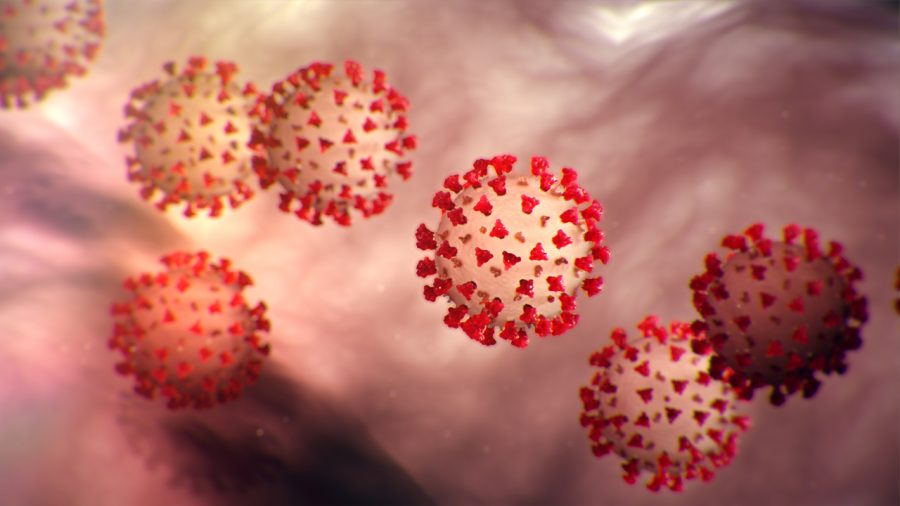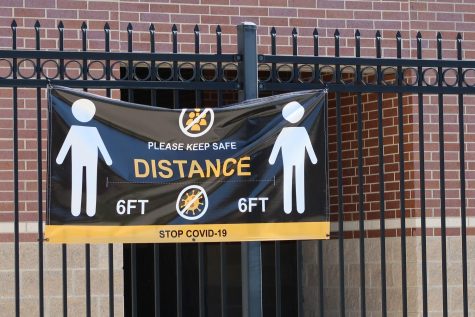COVID-19 Breakdown: What You Should Know?
“This is an emerging, rapidly evolving situation and CDC will provide updated information as it becomes available, in addition to updated guidance.” – CDC
Novel coronavirus (COVID-19) was first reported on December 31, 2019 from Wuhan, China, and has rapidly spread across the globe since its outbreak. COVID-19 is part of a family of viruses known as coronaviruses and is officially named SARS-CoV-2 but is also called 2019 novel coronavirus because it has not been seen in human beings before. Coronaviruses are zoonotic, meaning that they are transmitted initially from animals to humans, including camels, cattle, cats, and bats, and in the case of COVID-19, the origin is most likely bats. Coronaviruses affect the respiratory system and can cause illnesses ranging from the common cold to Severe Acute Respiratory Syndrome (SARS). Because of this, common symptoms include typical respiratory symptoms such as coughing and shortness of breath or breathing difficulties as well as fever, and the Center for Disease Control and Prevention (CDC) believes that symptoms may appear from 2-14 days after exposure to the virus.
The uncertainty surrounding the rapid spread of COVID-19 as well as how to access testing and treatment for symptoms has caused great panic among communities throughout the globe and the United States, and many individuals in our own Kingwood community have expressed concern about the spread of the virus and its transmission from person to person. Consequently, people have entered into a state of panic from mounting concerns, and many are wondering what individuals are most at risk for being exposed to the virus, contracting it, and experiencing severe or even fatal cases. For most Americans, the immediate risk of exposure to the virus is currently still low; however, the risk will increase as the outbreak continues to expand. People with elevated risk of exposure include healthcare workers caring for patients with COVID-19, people in close contact with affected individuals, and travelers returning from locations where community spread is occurring. People who have higher risk of severe cases of the virus include older adults (increased risk with age) and people with pre-existing immune or respiratory conditions such as heart disease, diabetes, and lung disease (including asthma).
It is imperative that people adopt protective measures and practice social distancing in order to avoid and control the spread of COVID-19. Protective measures can be done on an individual basis, and the most important and recommended measure by the CDC is frequently washing your hands thoroughly with soap and water. Additionally, avoid touching your eyes, nose, or face, especially when your hands are unwashed, cover your mouth and nose when coughing and sneezing, clean/disinfect household surfaces and items frequently, and stay home if you are feeling unwell. Staying home and avoiding mass gatherings of people will help you protect yourself and others from the disease. Even if you feel well, it is possible that you could be carrying the virus and shedding it to others who may be more susceptible to contracting it and experiencing severe symptoms.
References: (these can also be helpful and reliable sources if you have more detailed questions)
https://www.who.int/emergencies/diseases/novel-coronavirus-2019
https://www.cdc.gov/coronavirus/2019-nCoV/index.html
https://www.nih.gov/health-information/coronavirus

Neha Shaw, senior, is ecstatic to bring you Mustang Monthly's first full year! She enjoys putting pins on her bucket hat and snacking on chocolate chip...












